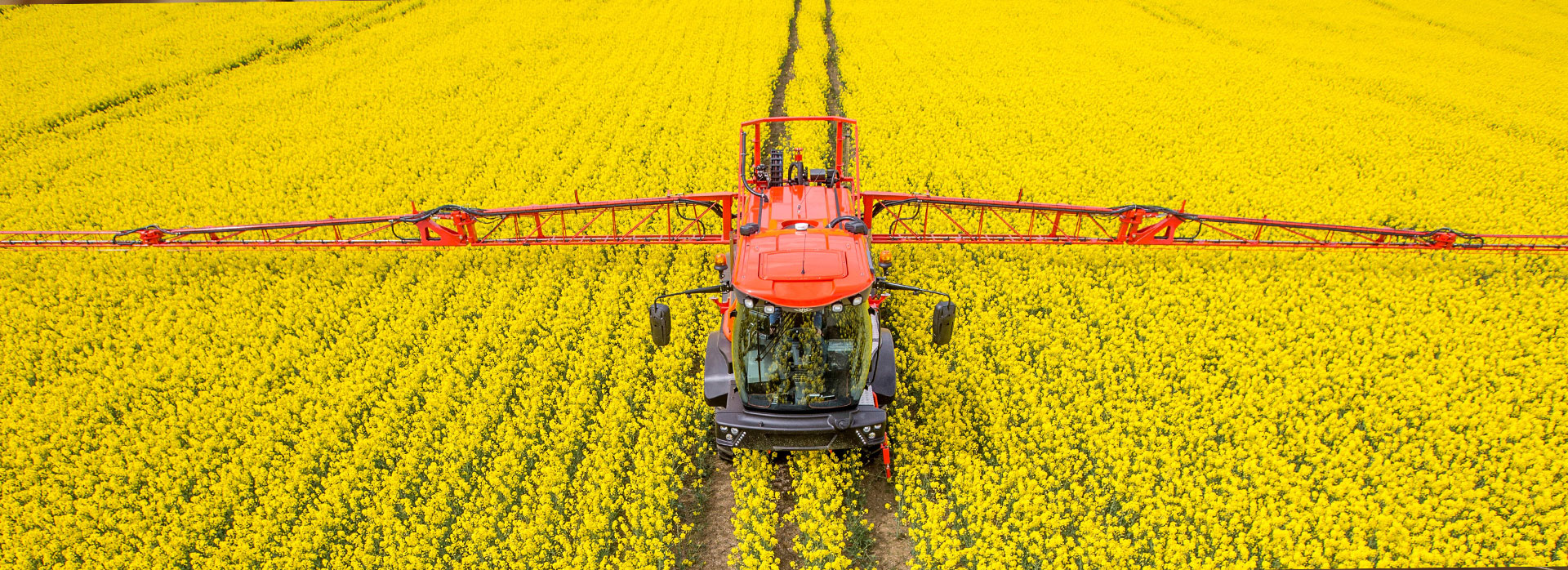
Ammonium Nitrate
UK manufacturers surprised the trade last week by rolling the current February prices over into March, thus avoiding a £ 2 per tonne price rise. With current weather and ground conditions preventing any progress with applications or with plantings it’s possible to understand this. However, it may encourage a ‘just in time’ ordering pattern which the industry struggles to cope with. Urea markets held on to the increases in prices that began last week, some producer areas saw levels firm a little more. Recent activity driven predominantly from the US has seen over 300K tonnes purchased, with the expected increase in corn planting in the US this spring there is speculation that a further 500K tonnes is needed. With most major producers, Egypt being one, sold out now for February, this demand will be met in March meaning the next month for global Urea pricing looks strong.
Yara Grassland webinar
Following the recent Yara webinar on the subject of spring nutrition aimed at arable crops, last week Yara focused on spring N for grassland. Patience was the word used when looking at grazing, the advice is to focus on ground conditions rather than the calendar. Ideally 30 kgs of N should be applied as soon as ground conditions allow, with a further 60Kgs of N in March again as soil conditions allow, targeting 90 Kgs of N by second week of April. For silage ground, knowing the potential of the crop will help work out Nitrogen recommendations, for example recently re-seeded swards or hybrids will have high potential. In this situation it is important to start feeding the crop as soon as conditions allow with 130 kgs N, not forgetting to deduct any N from organic manures or slurries that may have been applied. For older swards or fields with mixed species or meadow grass we should reduce down towards 70-80 Kgs / ha in spring. This webinar is still available as a recording click on ow.ly/WNv050ymx8H to register and view.
Future Ammonia Use
The BBC published an interesting article last week under the heading ‘Climate change: Fertiliser could be used to power ocean-going ships’ the article suggests that ammonia could be burned in ships engines replacing diesel within the decade. This idea has come about as the shipping industry deals with emissions. Burning ammonia would not release carbon dioxide, however the manufacturing of ammonia does produce substantial CO2, it is hoped new technology can reduce CO2 in the production, or that so-called green ammonia can be manufactured. This could have massive implications on the fertiliser industry ammonia is the building block of all nitrogen fertilisers, and any increase in demand could put pressure on manufacturing and future pricing. Safety on board would also be a factor as ammonia is very useful in the right places but is a serious danger to human health if allowed to escape to the atmosphere and also to the environment. To read the full article click on: https://www.bbc.co.uk/news/business-51548361
Sirius Minerals
It seems that you just can’t keep Sirius Minerals out of the news, while the deal with Anglo American is still to be voted on by shareholders, it seems the board of Sirius were obliged to look for alternative sources of finance, last week they announced that they were unable to secure an investor, leaving the Anglo American deal as the only one in town. Shareholders vote on March 3rd.
Economic Data as at close on Friday 21st February v (14th February 2020)£ = $1.2960 ($ 1.3047) £ = € 1.1943 (€ 1.2046) Crude Oil = $ 58.23 ($ 57.32) Natural Gas = $1.90 ($1.84) Please treat pricing on graphs as a guide, please use quote request form for an up to date price.
